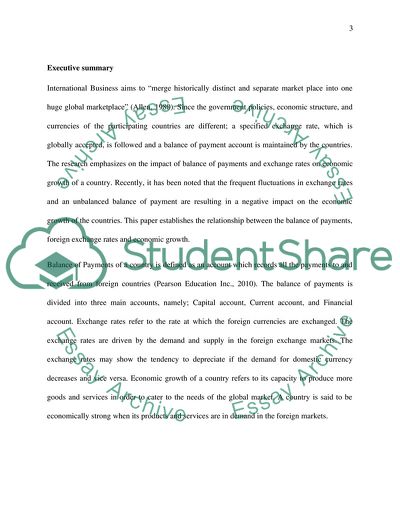Cite this document
(Balance of payments and the exchange rate Research Paper, n.d.)
Balance of payments and the exchange rate Research Paper. https://studentshare.org/macro-microeconomics/1836115-balance-of-payments-and-the-exchange-rate
Balance of payments and the exchange rate Research Paper. https://studentshare.org/macro-microeconomics/1836115-balance-of-payments-and-the-exchange-rate
(Balance of Payments and the Exchange Rate Research Paper)
Balance of Payments and the Exchange Rate Research Paper. https://studentshare.org/macro-microeconomics/1836115-balance-of-payments-and-the-exchange-rate.
Balance of Payments and the Exchange Rate Research Paper. https://studentshare.org/macro-microeconomics/1836115-balance-of-payments-and-the-exchange-rate.
“Balance of Payments and the Exchange Rate Research Paper”. https://studentshare.org/macro-microeconomics/1836115-balance-of-payments-and-the-exchange-rate.


